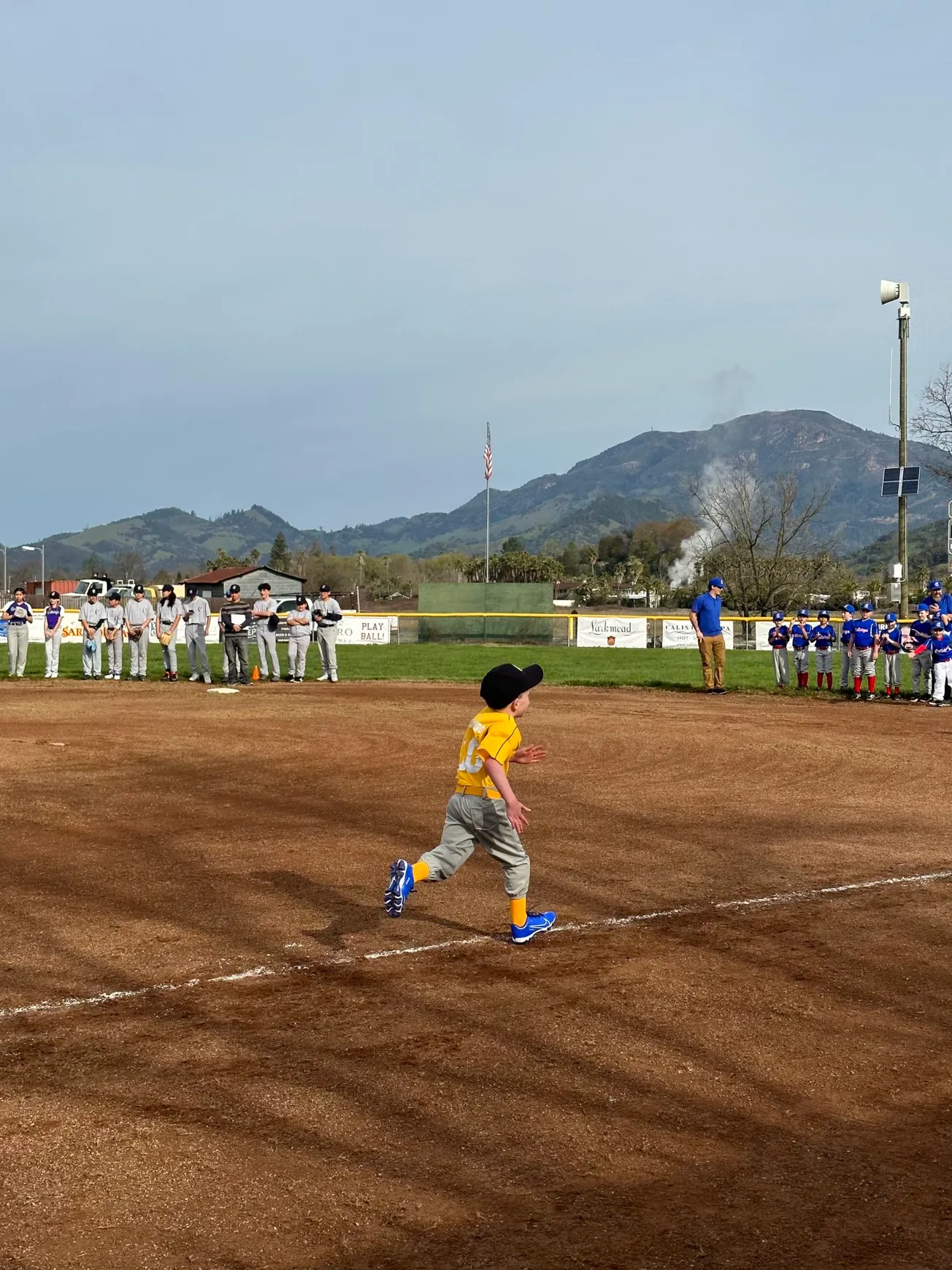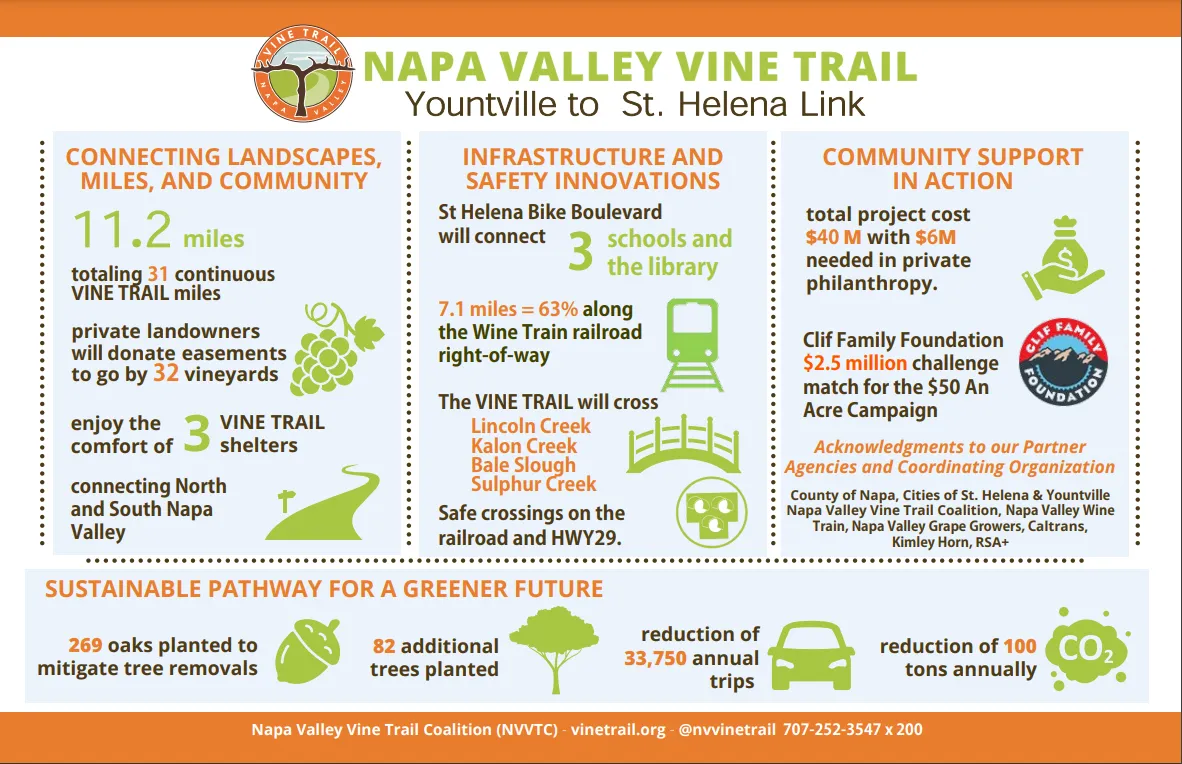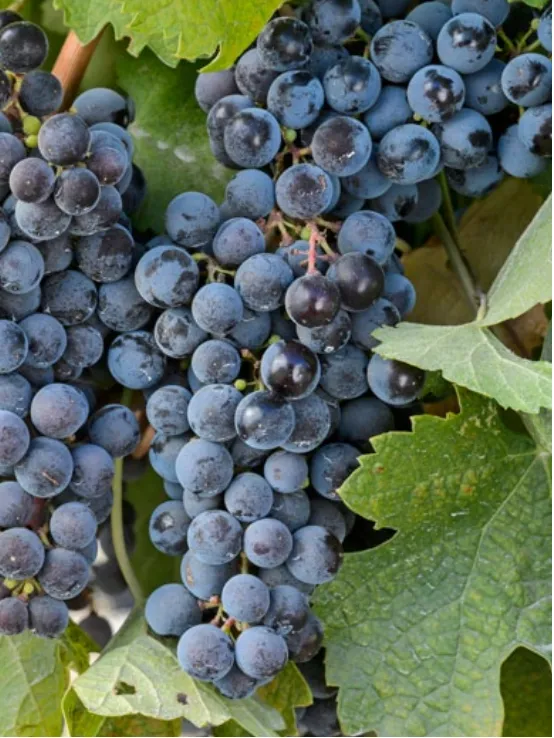While resorts in upper Napa Valley continue to generate big profits, most other businesses that depend on tourism are not doing nearly as well and haven’t been for nearly two years.
Although still one of California’s elite destinations, Napa Valley has experienced a drop of about 12 percent in hotel occupancy since the highs prior to the COVID-19 pandemic. At the same time, however, spending by those visitors is up 30 percent.
There is also a growing sense that with the higher prices tourists are paying in room rates, more of them are deciding to spend a greater share of their dollars at the resorts in which they are staying.
The combination of market conditions leaves many small business owners in downtown Calistoga struggling.
“My standard joke is to ask someone to look up and down main street, what do you see?” said Gayle Keller, co-owner of the Hydro Grill on Lincoln Avenue. “Plenty of parking. There’s just no one in town.”
Overnight visitation in Napa County crested in 2019, when 10 million tourists rented rooms. In 2023, that number dropped to 8 million and is expected to only slightly increase this year and next, according to figures from Visit Napa Valley.
Tourist spending, however, has gone from $6 billion in 2022 to nearly $7 billion last year and is expected to grow to nearly $8 billion in 2024. That increase is directly tied to the increase in room rates, which is up 16 percent since 2021, averaging $469 in 2022, according to the most recent figures.
That spending has been great for city coffers, which depend on the hotel tax for more than half of all municipal revenue.
Last year, the bed tax provided a record $12.3 million. This year, expectations are that the tax will dip to $11.4 million, which is still nearly double the $6.4 million the bed tax produced in 2018-19, the high prior to the pandemic.
Meanwhile, sales taxes – one indicator of the small business climate – have not kept pace. Taxes paid on transactions that took place within the city in 2022-23 fell by about 5 percent and are expected to decline by about the same amount this fiscal year.
Keller said she is concerned about the escalating hotel room rates causing visitors to shorten their stays and make other choices to save money.
“I wonder sometimes if they might decide to go to the grocery store and buy things to bring back to the room rather than to dine out,” she said. “It’s worrisome because right there you see the result in fewer sales taxes.”
Robert Eyler, an economist at Sonoma State University, said he has heard the same anecdotal accounts of resorts “sucking up” many of the dollars that used to be spread around the broader community. But he also noted the slowdown for some businesses comes following some very big growth years.
“When you watch increases jump quarter after quarter, you can get the feeling that this is the norm,” he said. “I think we’ve hit a bit of a plateau, in which we are still up from two or three years ago.”
Eyler expects 2024 will end up being a reasonably good year for the tourist industry in Napa County. Forecasts show that business travelers will continue to rebound.
“Some of this will be driven by one’s perspective on the economy,” he said. “If I feel that the economy is turning around, that interest rates are coming down, and I don’t foresee losing my job, that might have me traveling in 2024.”








